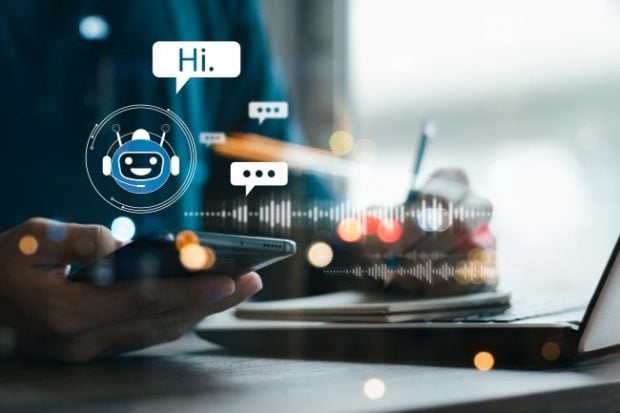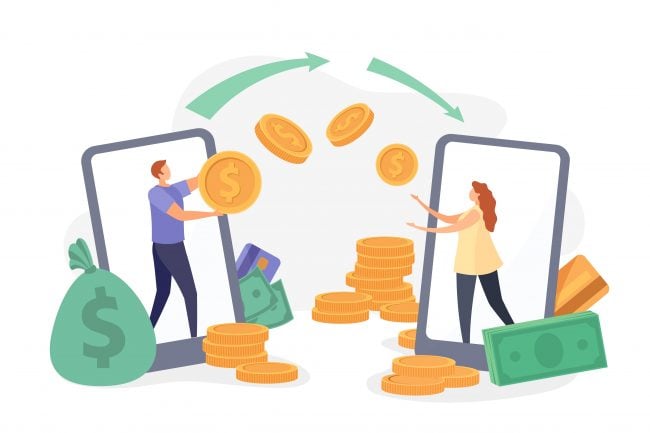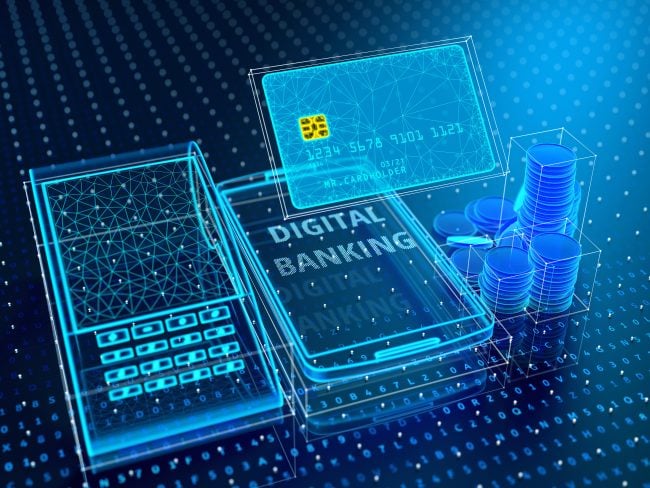Internet-enabled digital devices continue to equalize access toinformation and level the playing field in every industry includingbanking. Internet banking resulting from the internet revolution ofthe early 1990s paved the way for digital equality between bigbanks and credit unions. Fast forward 30 years, and by 2010,personal computers reached 75% adoption in the U.S. according tothe Pew Research Center. With personal computers, for internetbanking, all one needed to do was to turn on the computer, login,connect to the internet, start your web browser, go to your creditunion’s web server, login, and a few clicks later you were able payyour bills in the comfort of your home. This internet bankingrevolution was only the beginning of digital transformation inbanking.
|In 2007, Apple’s iPhone lead the smartphone revolution thatpropelled digital devices and digital access even more readilyavailable. According to Statista, more than 75% of adults in theU.S. population will have a smartphone by 2019, a mere 12 yearslater, equating to more than twice the rate of adoption compared topersonal computers. Given that your smartphone is always on andalways connected, with mobile banking you can move money and evendeposit a check much easier and faster than when you use yourpersonal computer. Mobile devices compared to personal computersare more prevalent – more than 75% of global internet trafficoriginates from mobile devices, according to Zenith.
|Internet banking and mobile banking ushered in by the twodigital revolutions have helped close the service gap between alarge multinational bank and regional credit union. With thesedigital channels, credit unions are able to provide rich servicesto its members just as well as a big bank, without the need for alarge branch network.
|Just under three years ago, a new generation of the digitaldevice was born – the smartspeaker – starting with the introductionof the Amazon Echo. This new category of digital devices is notjust always on and always connected, it is hands-free withfar-field microphones. Plus, starting at less than $50, thesedevices are already in millions of households. According toGartner, 75% of households will have smartspeakers by 2020, a meresix years after introduction – twice the rate of adoption ofsmartphones and more than four times the rate of adoption ofpersonal computers.
|
This smartspeaker digital device also includes an artificialintelligence voice assistant such as Amazon’s Alexa. When combinedwith a hands-free, far-field microphone you can say “Alexa, move$200 to my daughter’s account” while you are making coffee in themorning. This kind of voice banking is very easy and moreconvenient than even the traditional mobile banking.
|While digital devices may not replace the need for branches andface-to-face interactions, these devices have made it easier forcredit unions to compete more effectively with big banks.Smartspeaker skills, as compared to smartphone apps, will make thiseven more so, by enabling members to have a personal teller fromyour credit union to be in their living rooms with 24/7availability. Voice authentication will make voice banking not justconvenient but also secure. In this new world, an omnichannelapproach to digital banking will allow you start a transactionusing a smartspeaker while making coffee in the morning andcomplete it when you pick up your smartphone later.
|
Perhaps soon, one can imagine a scenario where you tell thesmartspeaker “Alexa, ask my credit union to deliver $200 to myhome,” before you leave for a trip to Toronto, and an Amazon dronewill bring you the money in less than 20 minutes! Assuming, ofcourse, that cash has not been completely eliminated.
|This article was written in collaboration with Chris Whiteof RTN Federal Credit Union and Scott Bingamanof St. Francis XFederal Credit Union.
| Siva G. Narendra is the CEO and Co-founder of Tyfone. Hecan be reached at 661-412-2233 [email protected].
Siva G. Narendra is the CEO and Co-founder of Tyfone. Hecan be reached at 661-412-2233 [email protected].
Complete your profile to continue reading and get FREE access to CUTimes.com, part of your ALM digital membership.
Your access to unlimited CUTimes.com content isn’t changing.
Once you are an ALM digital member, you’ll receive:
- Critical CUTimes.com information including comprehensive product and service provider listings via the Marketplace Directory, CU Careers, resources from industry leaders, webcasts, and breaking news, analysis and more with our informative Newsletters.
- Exclusive discounts on ALM and CU Times events.
- Access to other award-winning ALM websites including Law.com and GlobeSt.com.
Already have an account? Sign In
© 2024 ALM Global, LLC, All Rights Reserved. Request academic re-use from www.copyright.com. All other uses, submit a request to [email protected]. For more information visit Asset & Logo Licensing.









